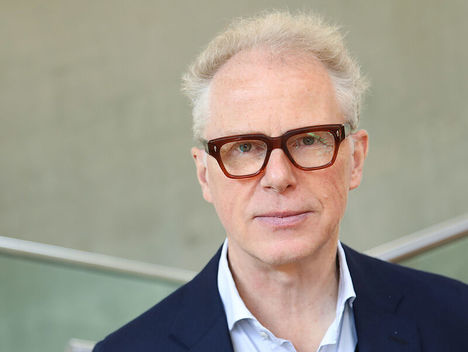Freihandel verschiedenartiger Begriffe und Gefühle – David d’Angers’ Goethebüste als Beitrag zur Völkerverständigung
Fellow Lecture by Professor Dr. Gregor Wedekind (Fellow of the Alfried Krupp Wissenschaftskolleg Greifswald / Johannes Gutenberg University Mainz)
In 1829, the French sculptor David d'Angers undertook a trip to Weimar on his own initiative in order to be able to portray the eighty-year-old Goethe "after life" in time. As the colossal portrait emerged from the pile of clay, a Franco-German dialog ensued that encompassed questions of aesthetics and literature, society and politics and which David continued and expanded with a second trip to Germany in 1834 in contact with numerous other artists, writers, intellectuals and scientists. Goethe's bust, which is on display in the Duchess Anna Amalia Library in Weimar, can be seen as an outstanding testimony to an aesthetic and political crossing of borders, which sought to find solid ground for international common ground in the exchange of "diverse concepts and feelings".
Gregor Wedekind teaches modern and contemporary art history at Johannes Gutenberg University Mainz. After studying art history, German studies and philosophy in Bamberg, Dijon and at the FU Berlin, he received his doctorate in 1995 at the TU Berlin with a dissertation on Paul Klee's inventions, where he habilitated in 2008 with a study on the strategies of mimesis in the work of Théodore Géricault. He is the spokesperson for the Center for French and Francophone Studies (ZFF), which he founded at Johannes Gutenberg University. His current research focuses on the aesthetic inventions of ecology in European Romanticism, the city and its media, art and psychiatry. In the summer semester 2025 he is a Senior Fellow at the Alfried Krupp Wissenschaftskolleg Greifswald.
Moderation: Professor Dr. Kilian Heck



